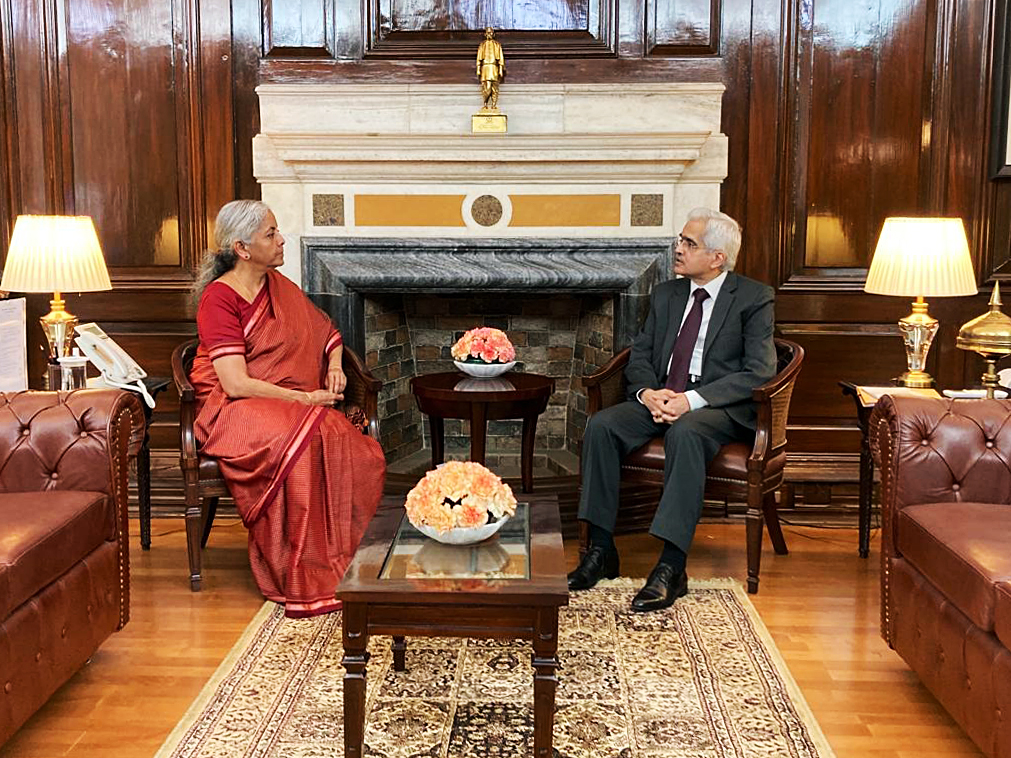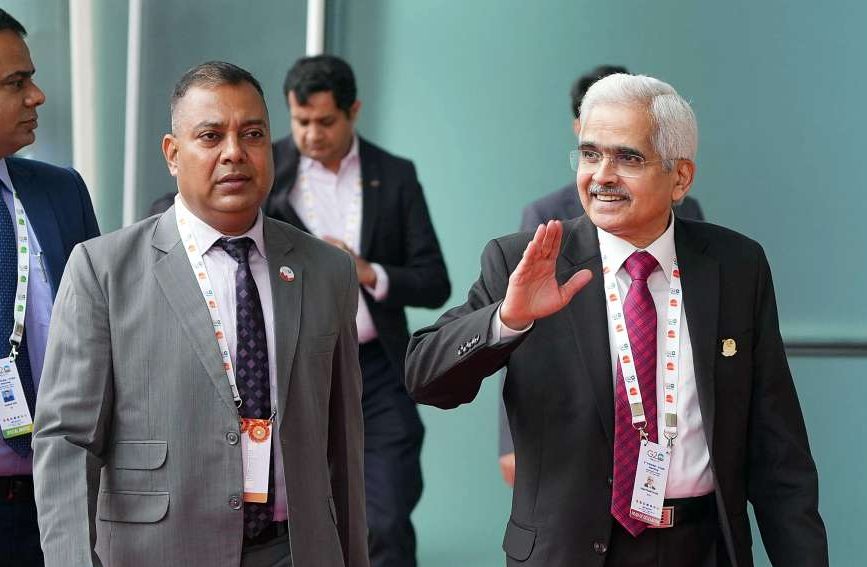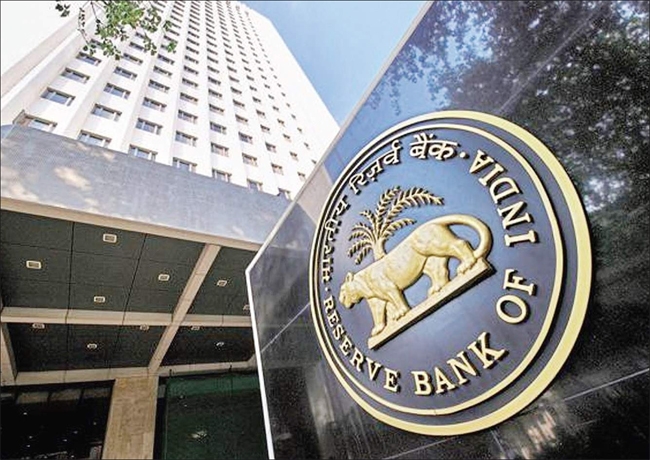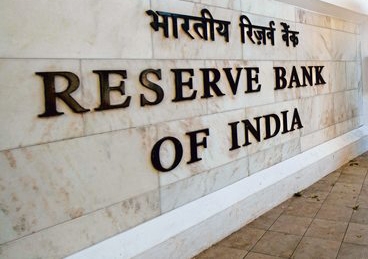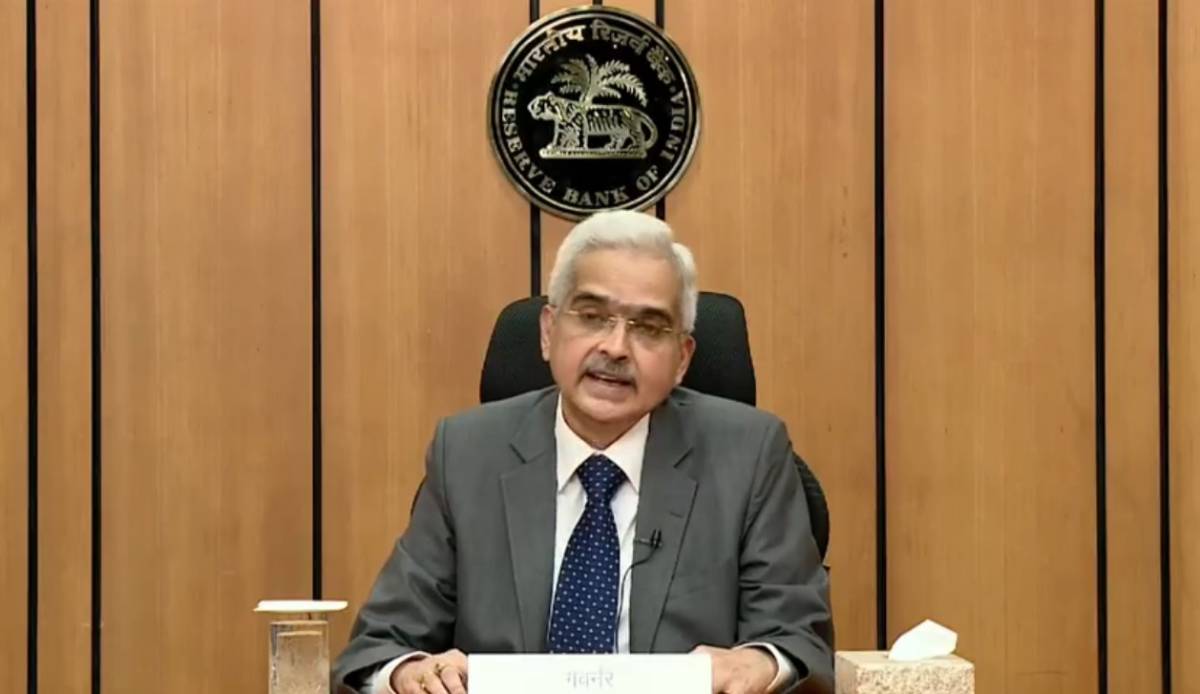Cryptocurrencies have financial and macroeconomic risks that will be appropriately evaluated by experts along with their recommendations to mitigate them before the G20 will finally consider the matter, a second person said…reports Asian Lite News
A majority of G20 members are now in sync with the view of India’s central bank that cryptocurrencies could pose huge risks to the stability of the financial system, people aware of the development said adding that these countries may work to institutionalise an internationally-accepted regulatory framework for crypto-assets while allowing individual jurisdictions to impose stricter regulations beyond that minimum threshold, even a complete ban.
The initial enthusiasm shown by some countries with regard to cryptocurrencies has now waned as most of them have realised the macroeconomic risks and other challenges associated with them, at least three persons with direct knowledge of the matter said requesting anonymity, sharing insights from and details of discussions at the third meeting of the G20 Finance Ministers and Central Bank Governors (FMCBG) held last week in Gandhinagar.
“Many countries are also concerned about the recent collapse of crypto exchanges and risks of cryptos being used for drug trafficking, terror funding and money laundering,” one of them said. In November 2022, FTX, the second largest cryptocurrency exchange of the world collapsed, affecting over 1 million investors.
Cryptocurrencies have financial and macroeconomic risks that will be appropriately evaluated by experts along with their recommendations to mitigate them before the G20 will finally consider the matter, a second person said. Crypto-related issues are being analysed by the International Monetary Fund (IMF) and the Financial Stability Board (FSB) which will submit a “synthesis paper” on this matter later this year, he added. The synthesis approach will cover two broad aspects – crypto regulations and financial stability.
There is a marked shift in the thinking of several countries vis-à-vis cryptocurrencies, the first person said. “Now most of them concur with RBI’s [Reserve Bank of India] concerns related to financial and other risks associated with cryptos. The third G20 FMCBG meeting did discuss this matter in great detail,” he said.
The matter found mention in the outcome document and chair summery of the third G20 FMCBG meeting on July 18: “We look forward to receiving the IMF-FSB Synthesis Paper, including a Roadmap, before the Leaders’ Summit in September 2023, to support a coordinated and comprehensive policy and regulatory framework taking into account the full range of risks, and risks specific to the emerging market and developing economies (EMDEs) and ongoing global implementation of FATF standards to address money laundering and terrorism financing risks.”
According to the people mentioned above, two latest reports on cryptocurrencies placed before the G20 FMCBG in its July meeting – one by FSB and the other by the Bank for International Settlements (BIS) – underscored the need to evolve a robust regulatory mechanism that would also address macroeconomic risks.
At the meeting, members endorsed FSB’s high-level recommendations for the regulation, supervision and oversight of crypto-assets activities , the first person said. “It did not go into risks associated with crypto-assets,” he said. The recommendations “do not comprehensively cover all specific risk categories related to crypto-asset activities, such as: AML/CFT [anti money laundering/combating the financial terrorism]; data privacy; cyber security; consumer and investor protection; market integrity; competition policy; taxation; monetary policy; monetary sovereignty and other macroeconomic concerns,” FSB said.
ALSO READ-UAE Minister thanks Modi for hosting G20 Energy Ministers’ meet

